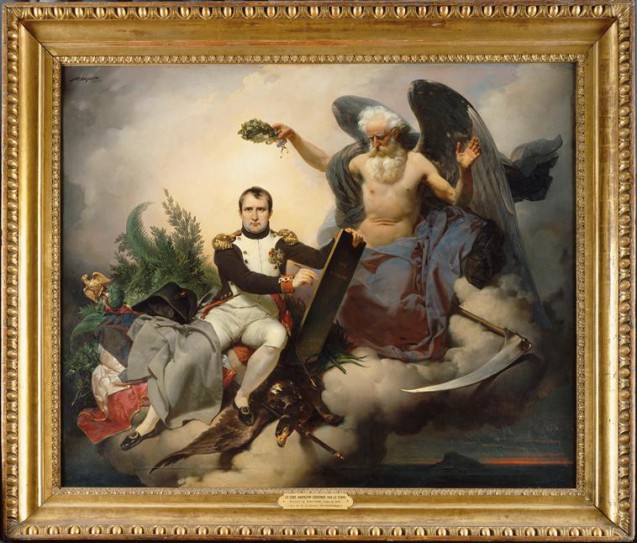In the decree that laid the foundations of the Consulate, voted on the evening of 19 Brumaire by the rump of the legislative houses, one particular article made it obligatory for the new executive to bring to completion a project for the codification of civil law. It was to be four years in the making. Napoleon in person played an important role for the work of the committee, not so much intervening in the details but rather providing the political foundations for the project and adding his own indefatigable energy to that of the jurists working on creating the code and composing the articles.
It is worth underscoring that the composition of the code was a collective affair; indeed much more so than people usually imagine. It is true that the Second Consul, Cambacérès, and the commission of four councillors were indeed the ‘foremen’ on site, but the initial consultation went far beyond those five men. The texts prepared were sent to the “Tribunal de Cassation” and the “Tribunaux d’appel” (Tribunals of Appeal) for comment, and once these magistrates had made their hundreds of remarks and suggestions, these were then compiled and put before the “Conseil d’Etat” (Council of State). A new commission created within that high assembly (on which sat, notably, Boulay de la Meurthe, Muraire, and Treilhard) then prepared sections of text which were, in piecemeal fashion, submitted to plenary sessions of the Council of State for discussion. One hundred and seven Council sittings were taken up by such discussions. It was here that Napoleon was directly involved in the composition of the code since he presided over fifty-five of these sessions. His participation in the discussion was active, and he would make summary decisions – this was his role in the council – when consensus was not forthcoming. The most celebrated of the debates in which he took part – the results of which have been particularly seized upon – was that on the legal status of women. Napoleon weighted the balance in favour of maintaining the strengthening of the rules regarding the submission of a daughter to her father and that of a married woman to her husband. In that, he was of course acting like a man of his times.
When the project had been adopted by the Council of State, it was then sent to the Tribunat (one of the two legislative houses), and they then began their examination, in December 1801. There, the debates were quite heated, and the government had to fight hard to have its texts accepted after the rejection of several articles. The text was then sent to a second assembly, the “Corps Législatif” (Legislative Body), where the same thing happened. The political divide widened, not only as a result of the fundamental positions adopted but also because of the opportunity that these debates offered to challenge the First Consul who had just negotiated the Concordat and who was about to amnesty the “émigrés”. The rest of the story is well known. Bonaparte announced that he was taking back all the projects pending in the two houses. Subsequently, he thinned those pending projects down, with the complicity of the Senate, a third house which was only competent in constitutional matters. Once this parliamentary “Coup d’État” had been enacted, the government then gave the oversight of the whole project to a “mixed” commission, “mixed” meaning composed of Tribunes and members of the “Corps Législatif”, directed and overseen by Cambacérès. Any disagreements were thereafter ironed out outside the plenary, public sessions. After that, and as always attempting to make matters easier, the procedure was further modified: instead of voting the Code as a single block, the document was divided up into 36 different laws, each one of which was voted separately and in order. These laws were promulgated in the period between March 1803 and March 1804, before being combined in a single volume: The “Code Civil des Français” (the Civil Code of the French).
So, whilst Napoleon did not intervene especially in the discussions of individual laws, he nevertheless energetically confronted the political maelstrom that the project had created and made it possible for the jurists to complete the task that had been set before them.


